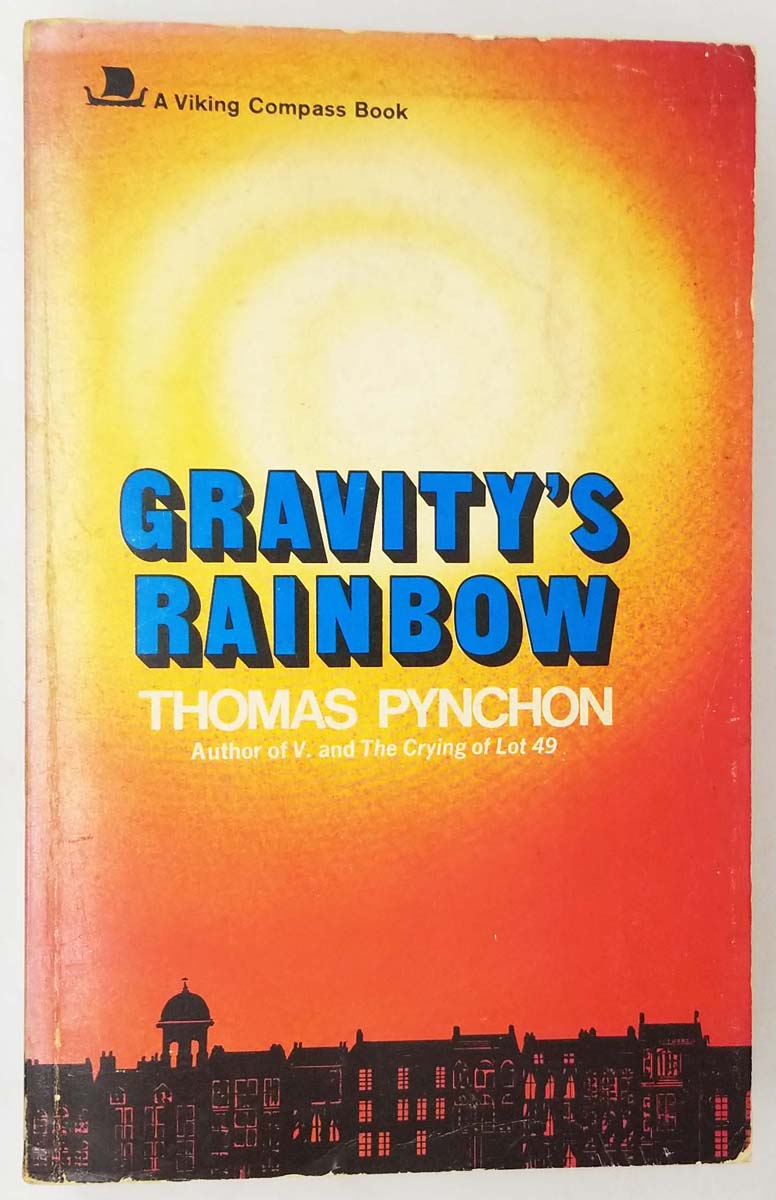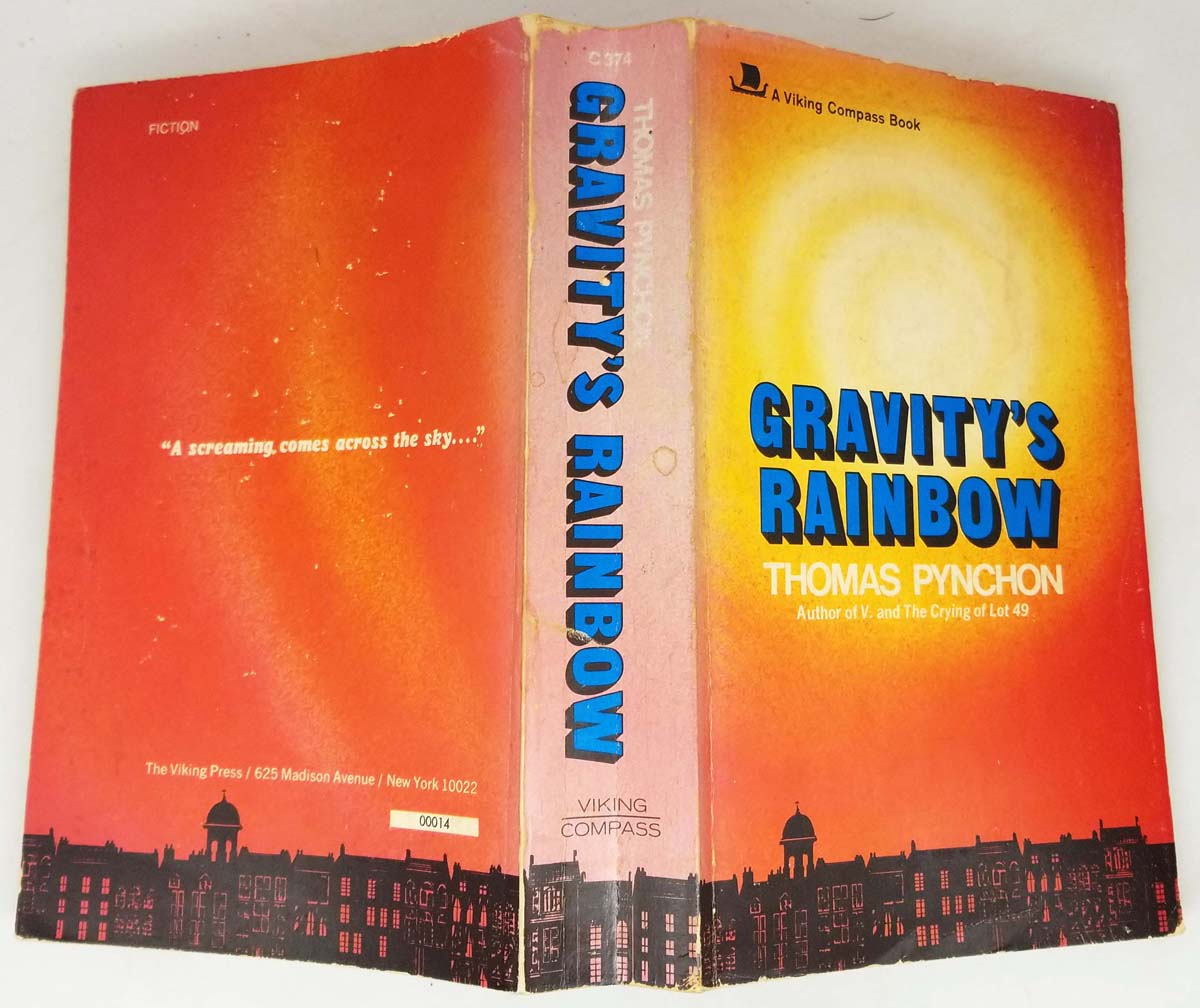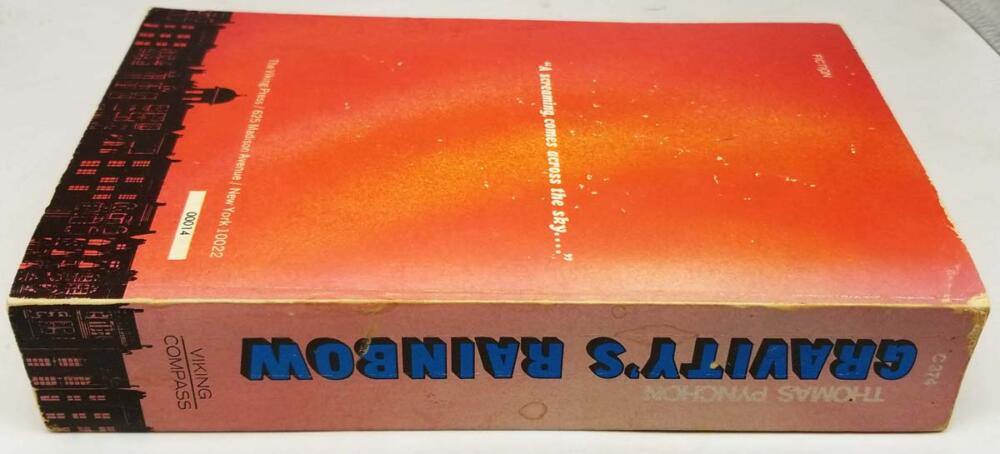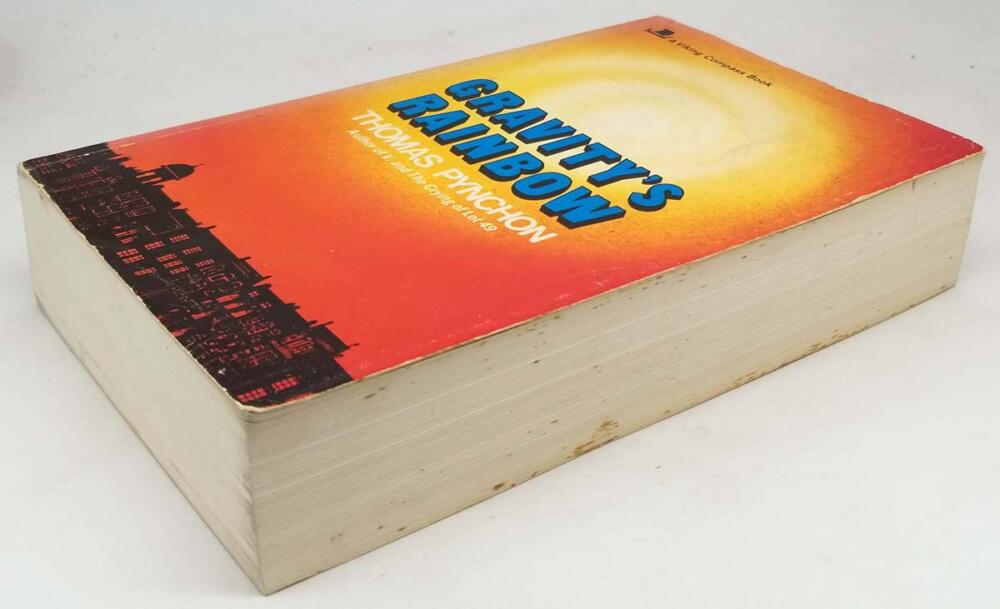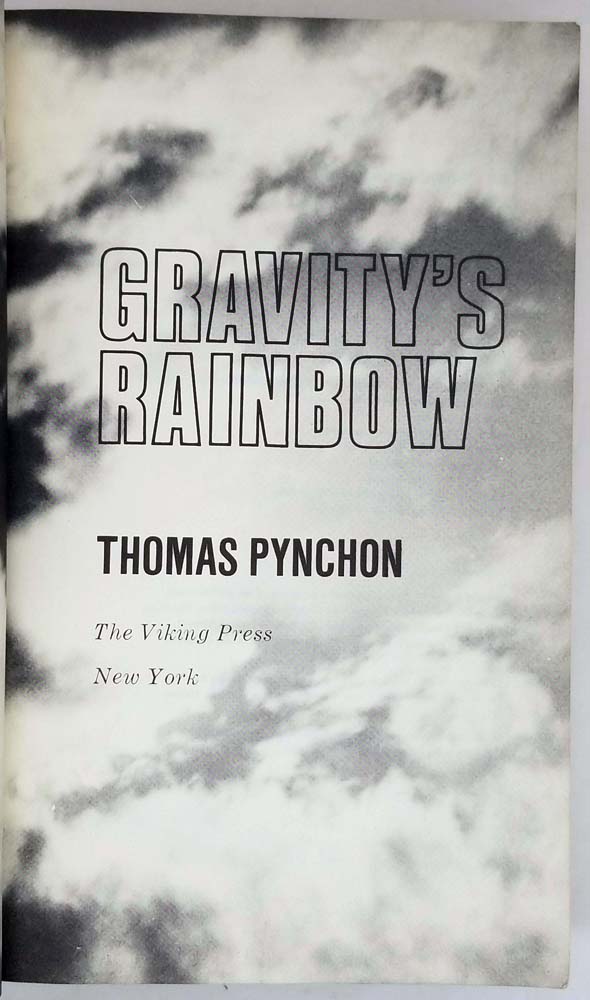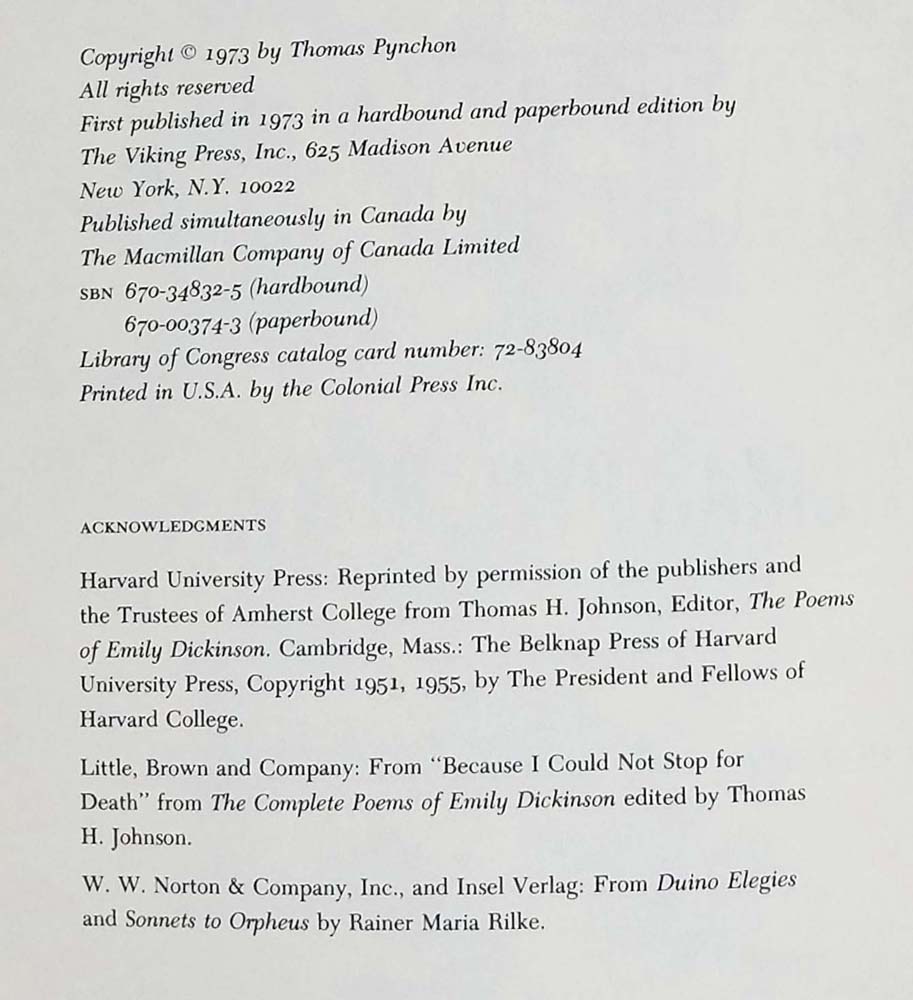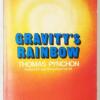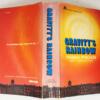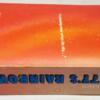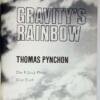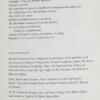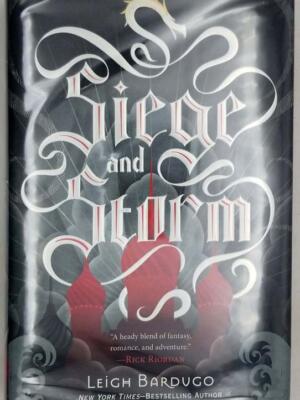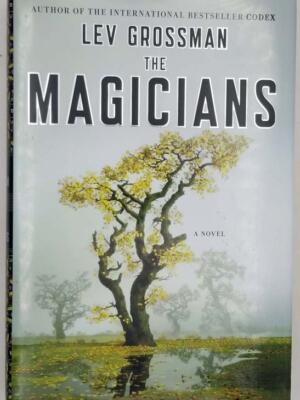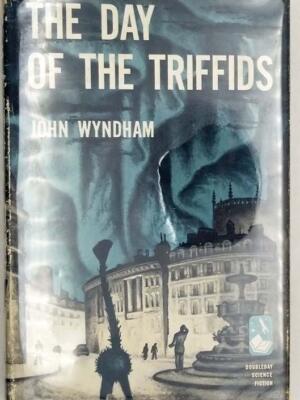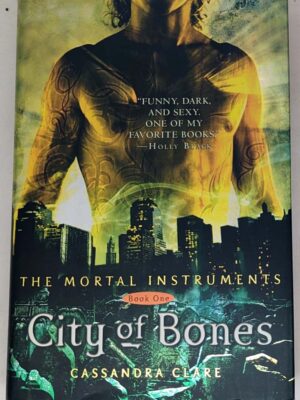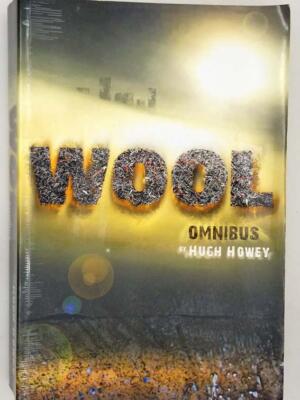Gravity’s Rainbow (1973) by Thomas Pynchon is a monumental and deliriously complex postmodern epic, often hailed as one of the greatest—and most challenging—novels of the 20th century. Set in the final months of World War II and its immediate aftermath, the narrative spirals around Tyrone Slothrop, an American GI whose bizarre psychic connection to Germany’s V-2 rockets propels him through a surreal landscape of paranoia, conspiracy, and metaphysical absurdity. As Slothrop’s journey intersects with a vast cast of scientists, spies, and seers, Pynchon constructs a kaleidoscopic vision of history where war, technology, and desire collide.
The novel’s labyrinthine structure blends scientific precision (rocket physics, behavioral psychology) with Rabelaisian excess (comic songs, sentient light bulbs, and a sentient banana breakfast). Its central metaphor—the V-2 rocket’s parabolic arc—becomes a symbol of humanity’s doomed quest for control, echoing themes of entropy, colonialism, and the military-industrial complex. Pynchon’s prose oscillates between lyrical beauty and grotesque farce, peppered with allusions to film, theology, and obscure pop culture.
Banned from the Pulitzer Prize for its perceived obscurity and sexual content, Gravity’s Rainbow remains a cornerstone of postmodern literature, demanding (and often defying) interpretation. It’s a book that reads you as much as you read it—a rocket’s trajectory through the subconscious of the modern world.
For readers undaunted by its reputation:
- The Crying of Lot 49 (Pynchon, 1966) – A concise primer on his paranoiac style.
- Infinite Jest (David Foster Wallace, 1996) – Another maximalist exploration of systems and addiction.
